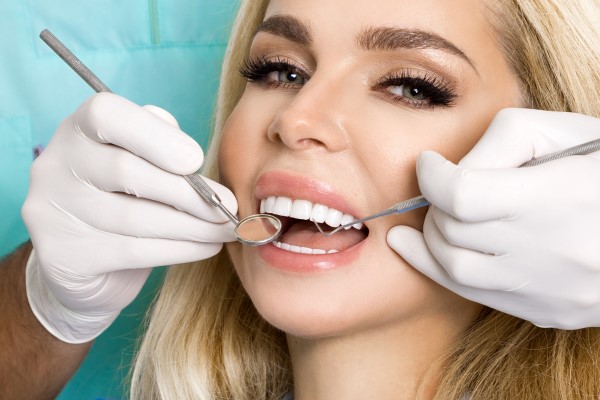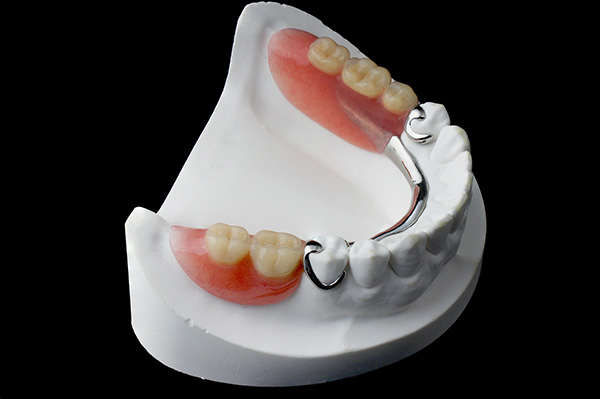 Dental bonding is an effective restorative procedure for many dental issues, including tooth sensitivity. Read on to learn more about dental bonding. Dental sensitivity affects almost everyone at some point in their lives. Very hot or cold foods or liquids may cause a person’s teeth to become irritated. Knowing how to manage or approach sensitivity will be beneficial for those who are unsure of what to do. This article covers dental bonding and how it works for people with teeth sensitivity.
Dental bonding is an effective restorative procedure for many dental issues, including tooth sensitivity. Read on to learn more about dental bonding. Dental sensitivity affects almost everyone at some point in their lives. Very hot or cold foods or liquids may cause a person’s teeth to become irritated. Knowing how to manage or approach sensitivity will be beneficial for those who are unsure of what to do. This article covers dental bonding and how it works for people with teeth sensitivity.
Dental bonding for teeth sensitivity
Dental bonding can be used to treat various dental issues. The primary purpose of dental bonding is to protect the tooth. The sensation of exposure to hot or cold foods and liquids is unpleasant. A dental bonding technique can protect the teeth from this irritation.
Compared to other options like dental crowns and veneers, dental bonding is outstanding as a tooth restoration treatment that does not require enamel removal. The dentist will only need to roughen and moisten the teeth during the preparation process. After that, they will use the tooth-colored composite material for the bonding process. The procedure is typically straightforward, non-invasive, and quick.
The sensitive parts of the teeth may become more apparent following a professional dental cleaning, especially if the patient has not undergone one in a long time. Debriding or scraping a bacterial plaque that has been stuck to the teeth for a while may leave some demineralized or even cavitated patches on the tooth or gum area. This means that the tooth’s structure is breached and more vulnerable since the spots were covered by plaque and tartar and may not have been severely sensitive. However, after exposure, the pain will intensify. Simply drinking a glass of somewhat chilled water or brushing the teeth might cause serious pain.
The dentin (the second layer of the tooth, which makes up most of the tooth’s structure) contains small nerve fibers, and these become uncovered after the enamel is breached. The dentin is excellent at sensing temperature variations, but it does so by transmitting pain signals to the brain.
Bonding effectively protects the nerve endings from the food eaten, beverage, and even air. As a result, the teeth will become less sensitive after bonding. The extra layer of composite coating used in dental bonding adheres to the enamel and protects it from high temperatures or anything that might cause intense sensitivity.
Using dental bonding
A dentist may roughen the tooth enamel for the adhesive agent to adhere to it. After applying the adhesive, the affected part of the tooth is covered with composite resin. The composite resin used in dental bonding is white, giving the tooth a natural appearance. The dentist will smooth it into place. A special light is sometimes used to harden the resin.
Considering dental bonding?
If you have additional questions about composite resin and its application for teeth sensitivity, reach out to our dental office today for an appointment.
Request an appointment or call Southern Cal Smiles: Susan Fredericks, D.D.S, M.P.H. at 818-657-8055 for an appointment in our Woodland Hills office.
Related Posts
Dental bonding is a perfect idea to try if you require minor smile enhancements. Dental bonding is a fast, simple, and affordable way to enhance the appearance of your teeth while still protecting them from more damage if they have a chip or crack. This article talks about what makes dental bonding a great choice…
If you have small defects in your front teeth, dental bonding is a great choice to consider. It is less costly than porcelain veneers and can be a cost-effective alternative for problems such as stained or chipped teeth. Furthermore, bonded teeth do not necessitate any special aftercare. The material used adheres to the teeth well.…
Dental bonding may be the right choice for you if you are in need of restorative dentistry. Dental bonding is primarily used to repair chips, cracks, worn-down enamel, gaps between teeth, short teeth, and teeth stains and is often considered a more affordable alternative to dental veneer treatment.Dental bonding may be the right choice if…


